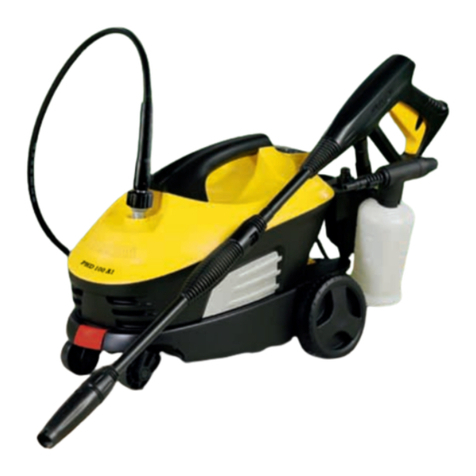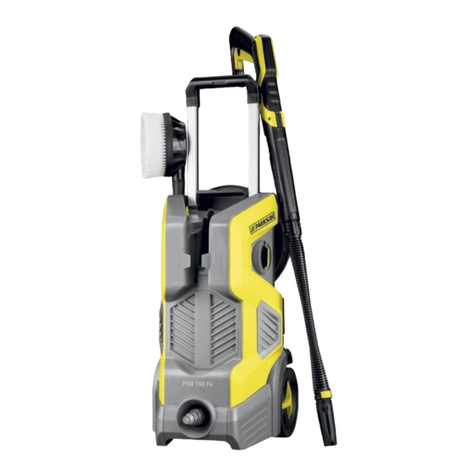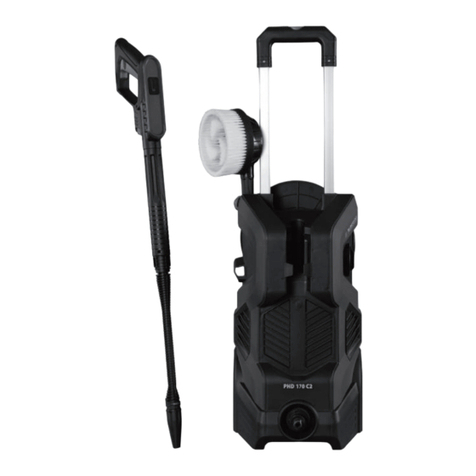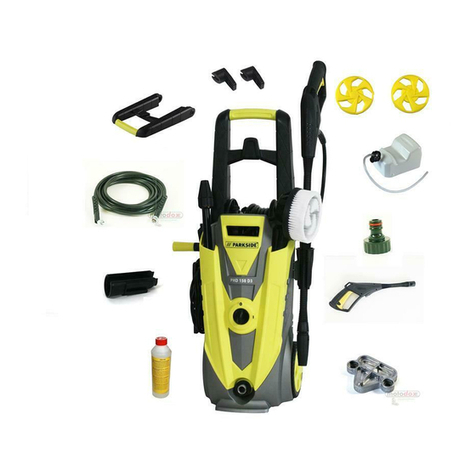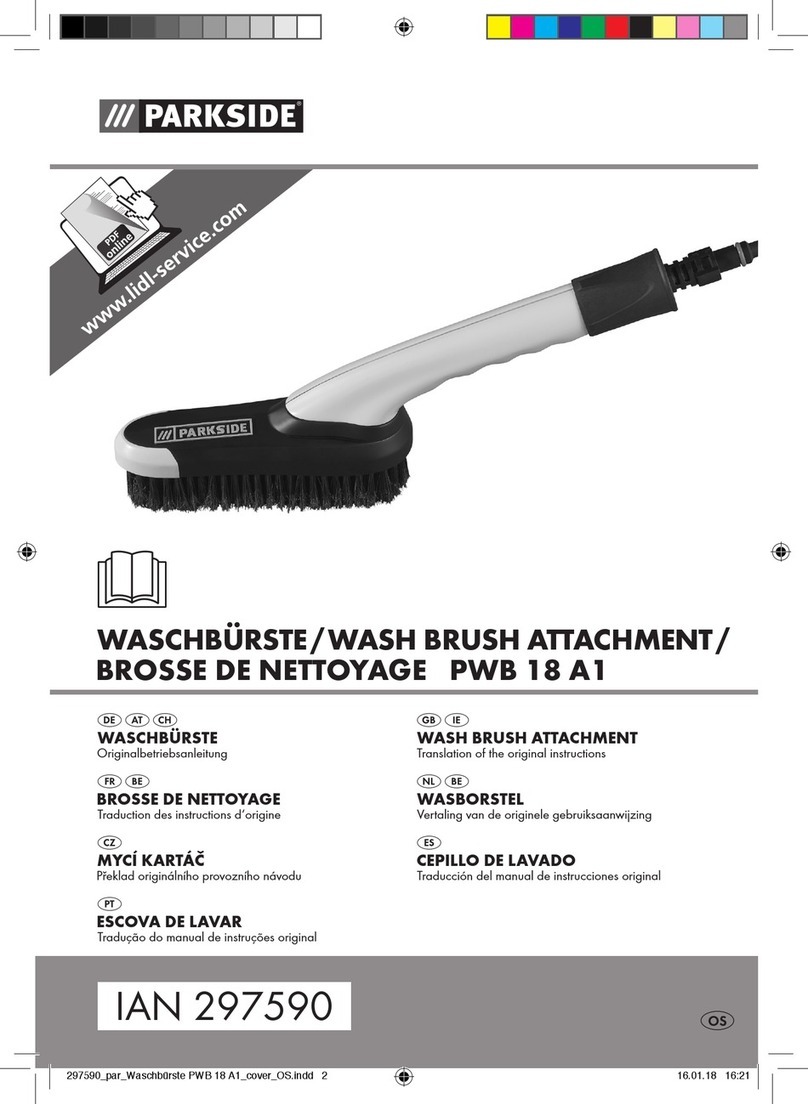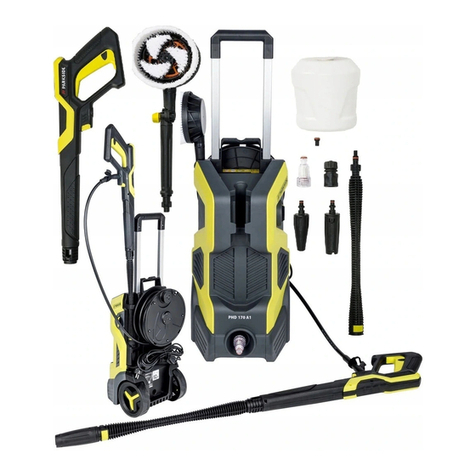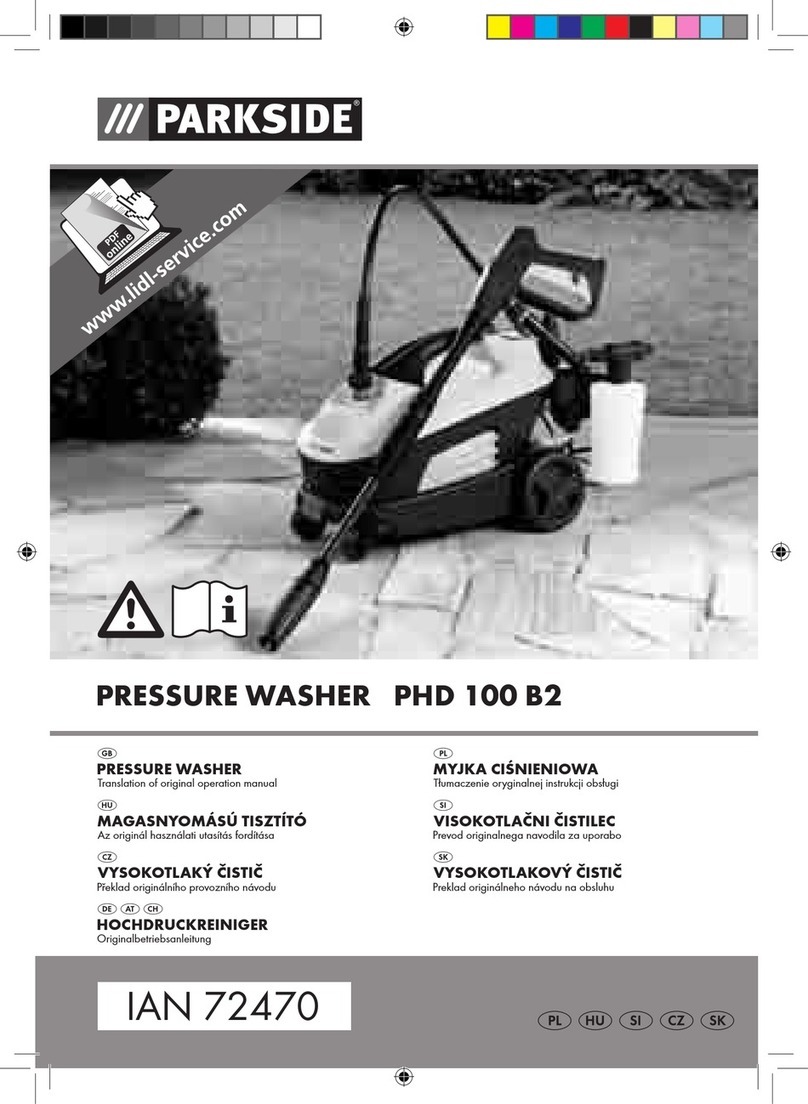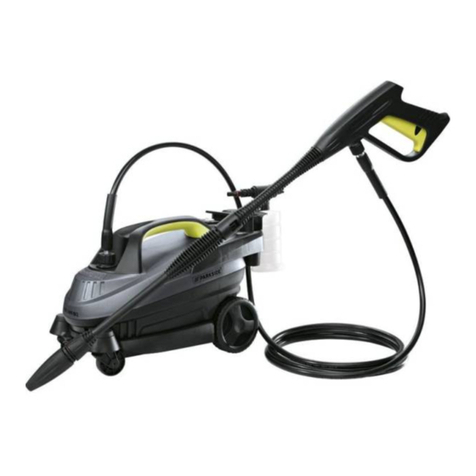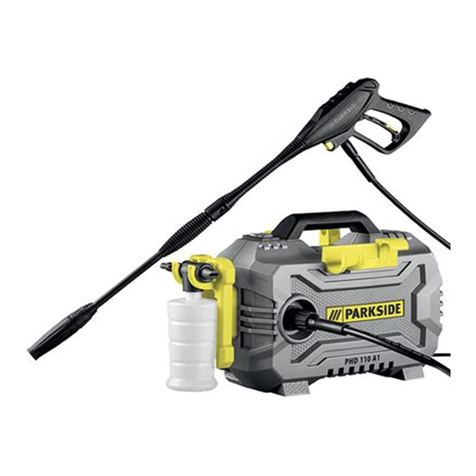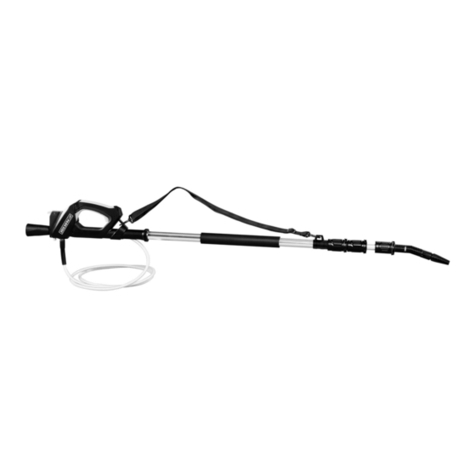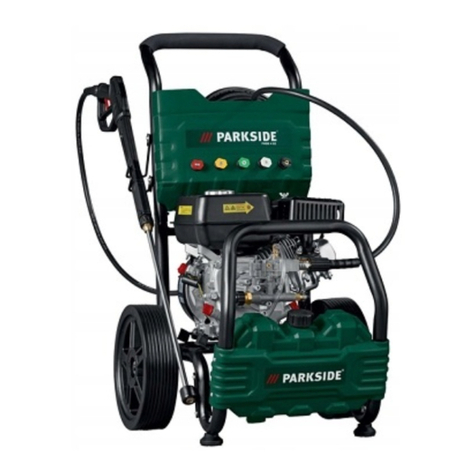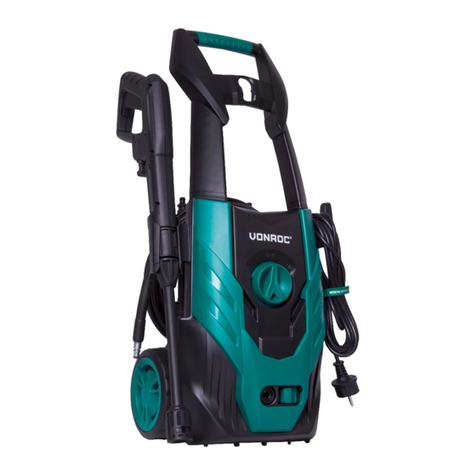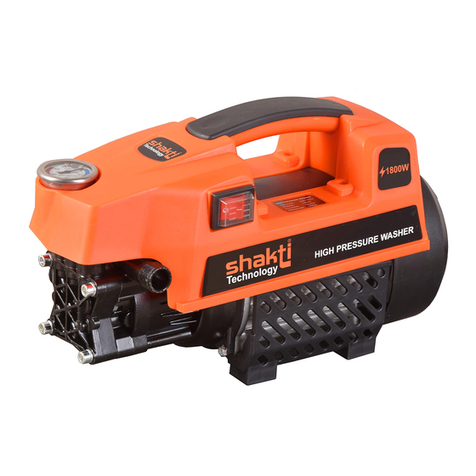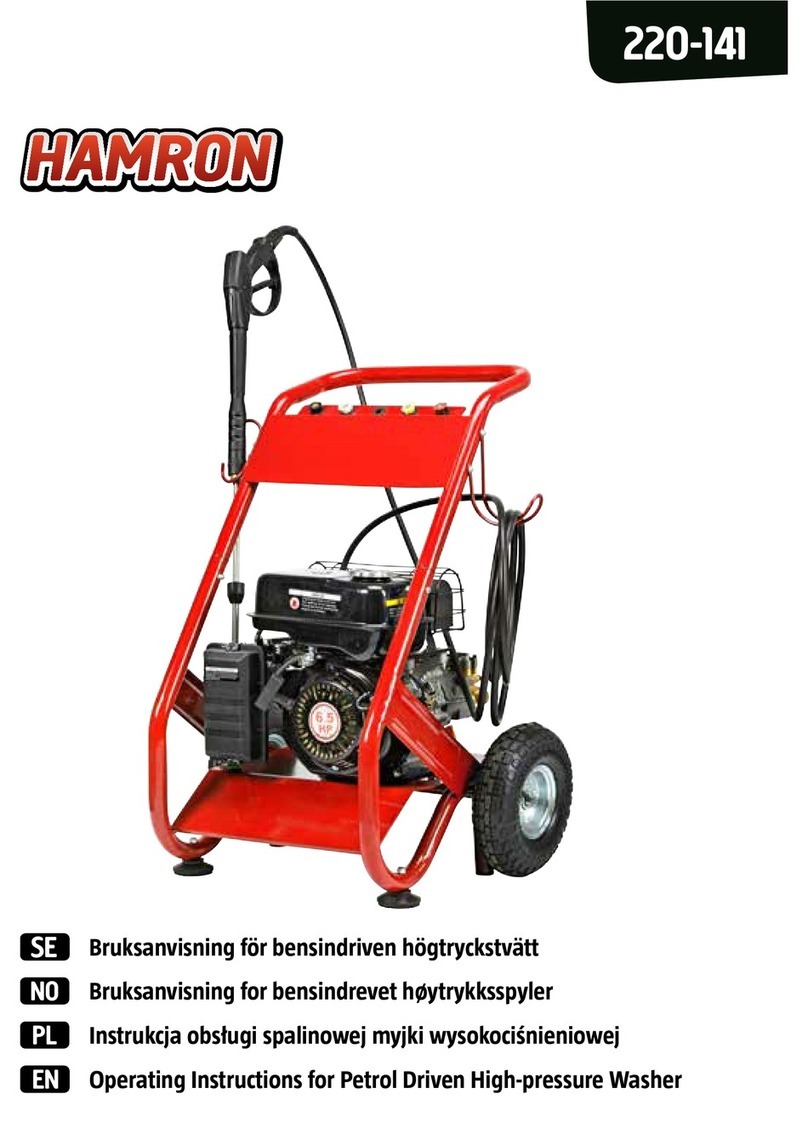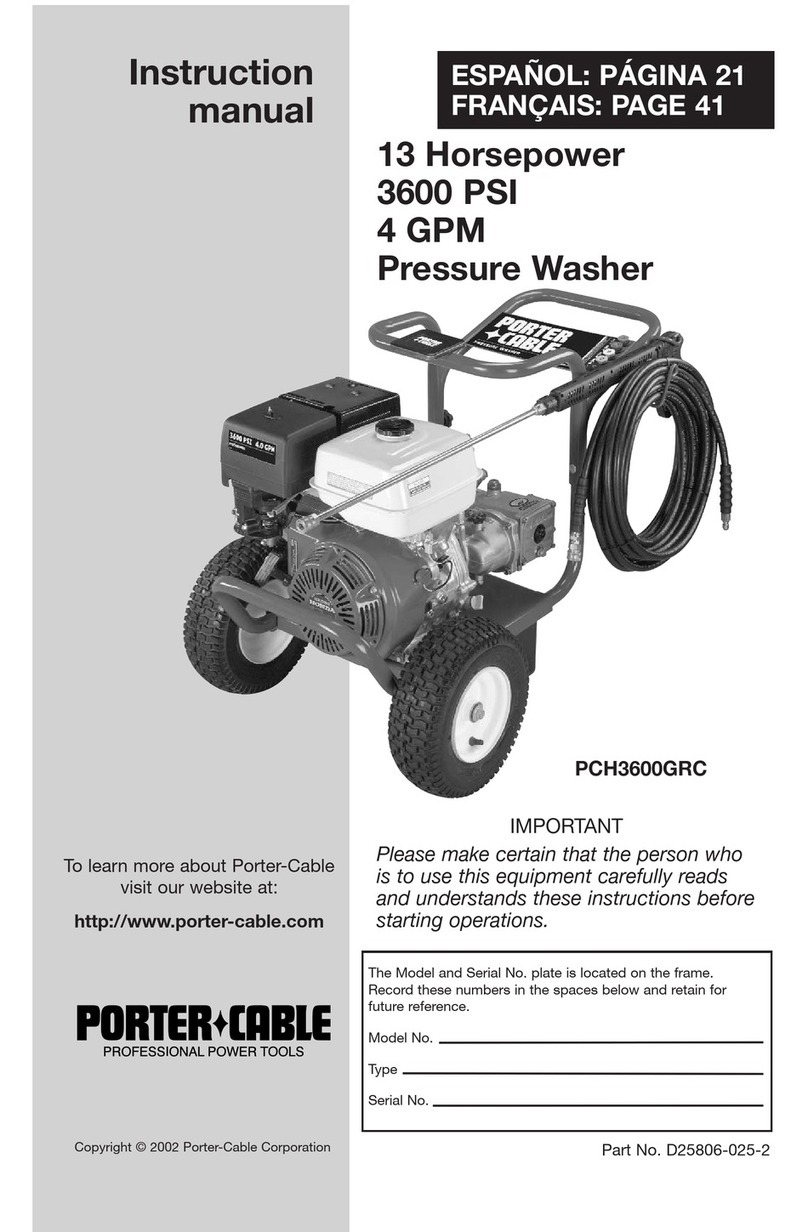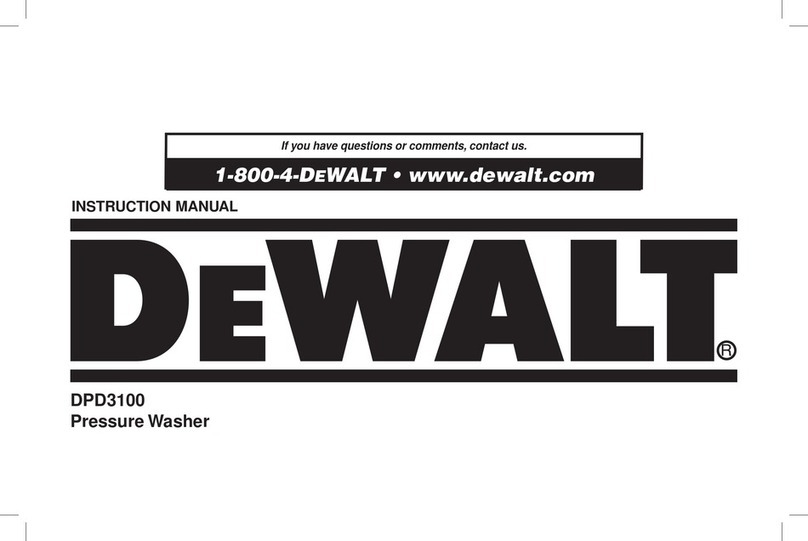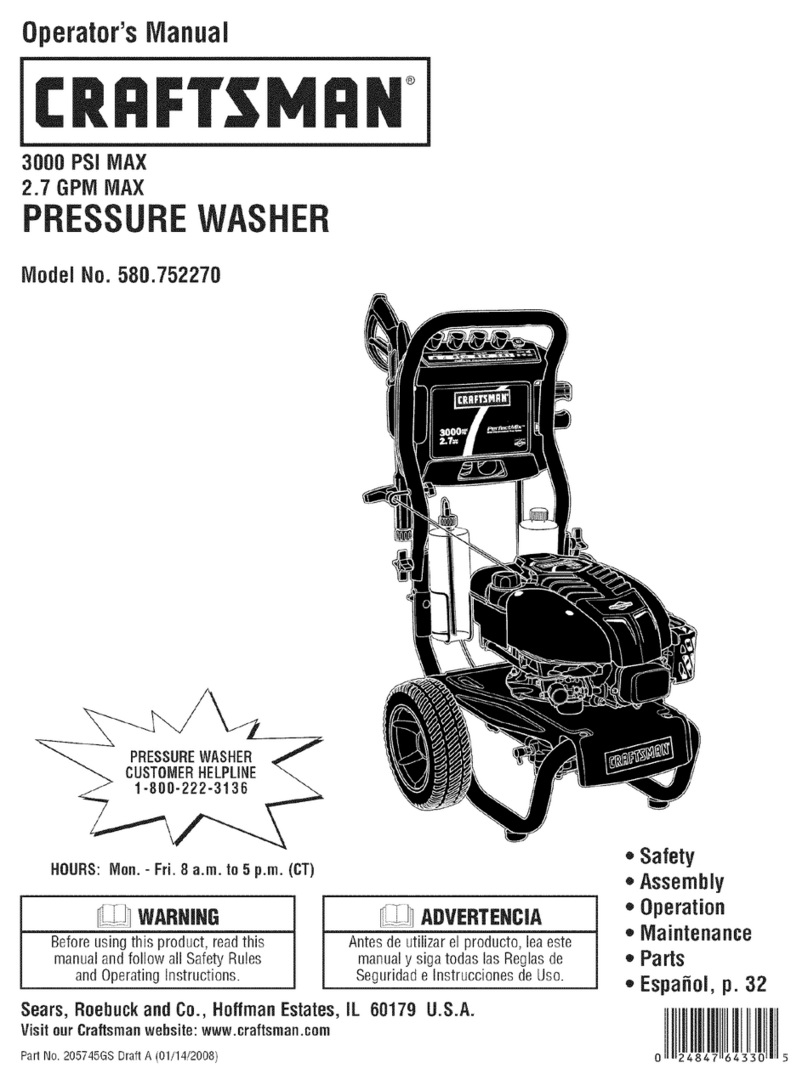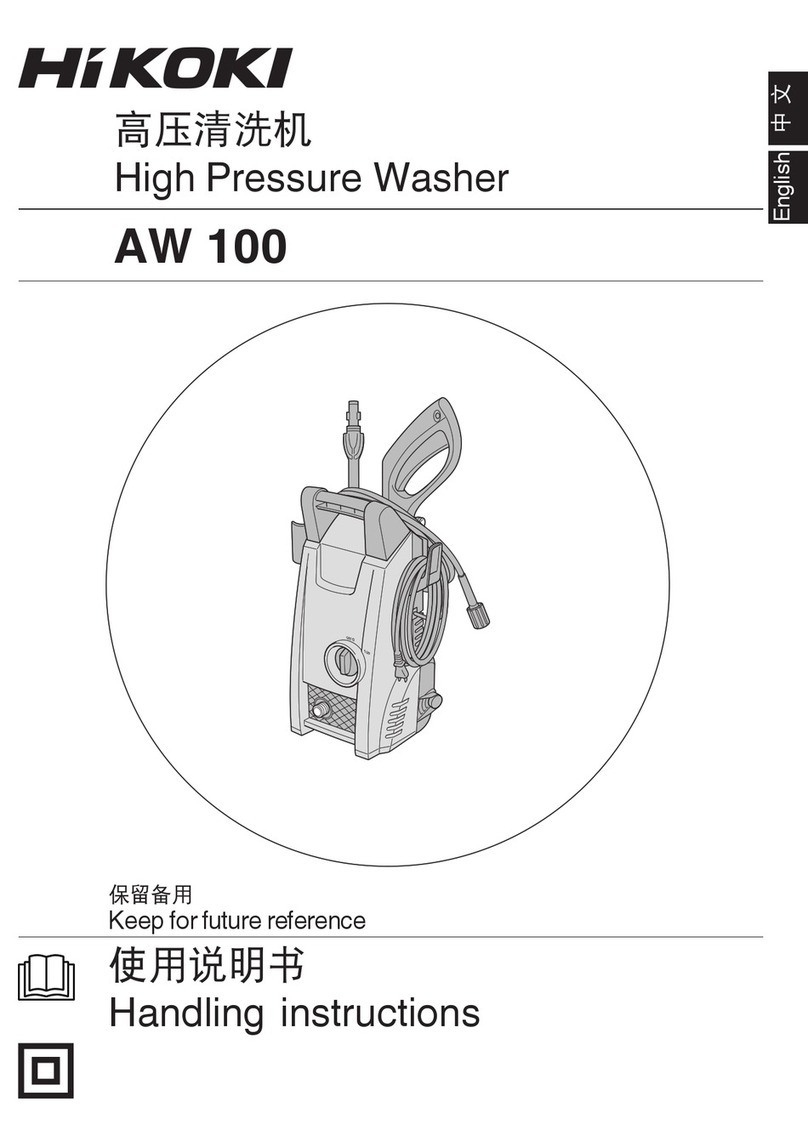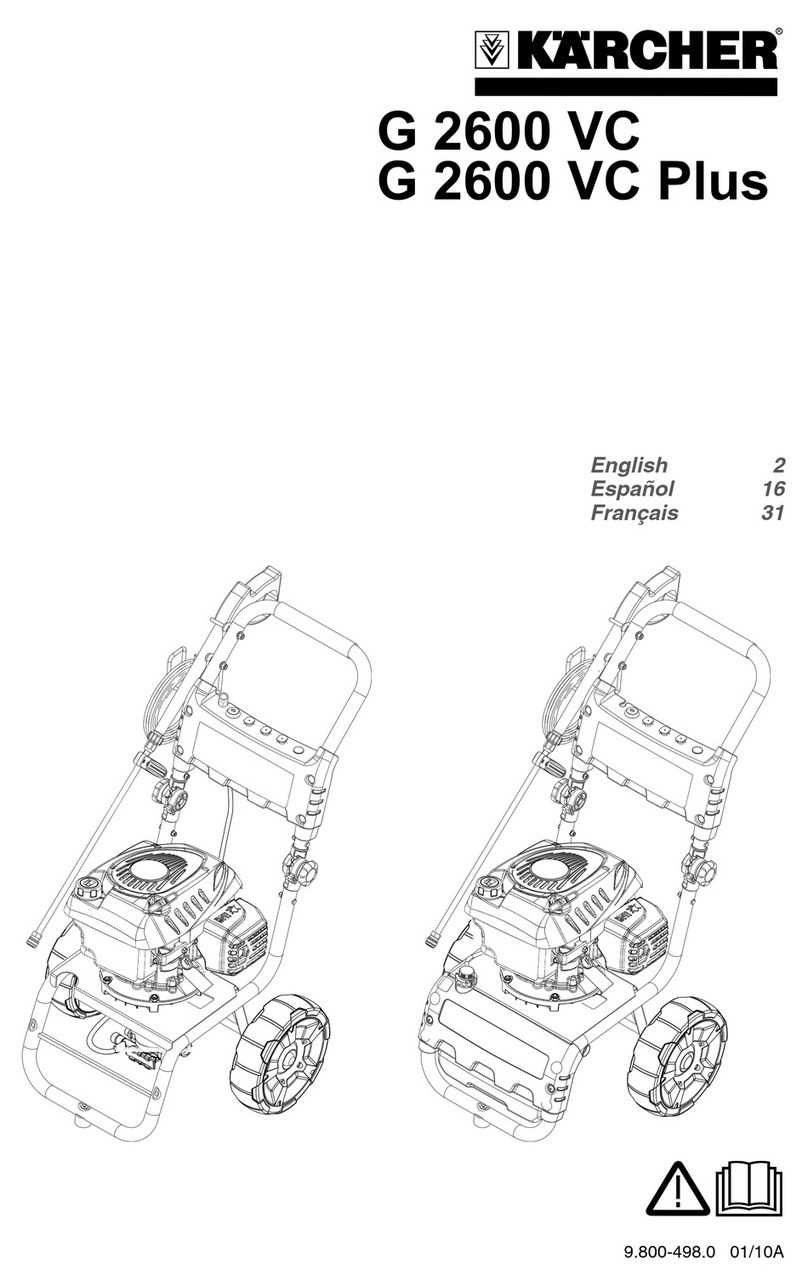
GB NIIE CY
8
the plug connections in an area
that is safe from ooding.
• Ensure that the mains voltage
matches the specications on
the rating plate.
• The electrical installation shall
be according to national wiring
rules.
• Connection to the mains must
be carried out by an experi-
enced electrician and meet the
requirements of IEC60364-1.
• The device must only be con-
nected to a mains socket via a
residual-current circuit breaker
(RCD) with a rated leakage cur-
rent of not more than 30mA.
Fuse: at least 13 ampere.
• Before each use, check the
equipment, cable and plug for
damage.
• If the power cable for this equip-
ment is damaged, it must be
replaced by the manufacturer,
a customer service agent of the
same or a similarly qualied per-
son in order to prevent hazards.
• Do not pull the plug from the
socket by the cable. Protect the
cable from heat, oil and sharp
edges.
• Do not carry or x the equip-
ment by the cable.
• Use only extension cables that
are protected from spray water
and designed for outdoor use.
Always fully unroll a cable
drum before use. Check the ca-
ble for damage.
• Before any work on the equip-
ment, during work breaks and
in the case of non-use, remove
the plug from the socket.
• Always shut off the power
• Use only original accessories
and do not carry out conversion
work on the equipment.
• Please read the notes in the op-
erating instructions on the topic
of “maintenance and cleaning”.
Any measures above and be-
yond these, particularly open-
ing the equipment, are to be
carried out by an electrician. In
the case of repairs, always con-
tact our service centre.
• Water that has passed through
a backow preventer is classi-
ed as undrinkable.
• High-pressure hoses, ttings
and couplings are important
for machine safety. Use only
high-pressure hoses, ttings and
couplings recommended by the
manufacturer.
• To ensure machine safety, use
only original replacement parts
from the manufacturer or re-
placement parts authorised by
the manufacturer.
Electrical safety:
Caution: to avoid accidents
and injuries from electric
shocks:
• The plug and socket of an exten-
sion cable must be water-tight!
Unsuitable extension cables
can be dangerous as people
can be harmed by an electric
shock!
• Protect the electric plug connec-
tions against moisture.
• If there is a risk of ooding, x
